When we first considered Myanmar for a vacation, the first thoughts that occurred in our heads were military rule, fear, poverty, rickety infrastructure and safety issues. For a country that had been joined at the hip with ours for more than a century, we were surprisingly clueless about what to expect and constantly expected the worst.
How wrong were we!
Myanmar was clean, well mannered, safe, beautiful, surprisingly diverse and inhabited by a gentle population that has suffered a lot for a long time.
Chapter 1
Myanmar! Seriously?!
Ten days of holidays were expiring in twenty days. I could not let this go. Sri Lanka was under the spell of monsoons. Kuala Lumpur and Malaysia was too boring. Tazikistan and Uzbekistan needed much more thought. Europe was a bit expensive. After prolonged discussions, we narrowed down the choices between Bhutan and Spiti. I always had a thing for Bhutan and this was a great time to go. Also, I had a score to settle with Spiti after my last trip there turned into a disaster.
Right on cue, Air Asia sent one of its many emailers advertising low fares. Suddenly Japan came on the table. As did South Korea. And Myanmar. Like a footnote. An also ran.
Slowly it started taking root. Why not? What do we even know about it? Burma and Rangoon have been a part of us for centuries but we know literally nothing. The evergreen song planted it forever in our minds. We knew the country was opening up after decades of military rule. We had seen and heard of Aung San Suu Kyi on the TV forever as the Asian Mandela.
Why not, indeed?
Chapter 2
Surprisingly Modern. Reassuringly Old World.
We had very few ideas about what Myanmar would be like. Everything you read up on the internet doesn’t really give you a clear picture of what to expect. What we found was incredibly pleasant. Myanmar is a neat mix of colonial era life and a sense of order and calm not normally experienced in SE Asia. Coming from India (even the cosmopolitan parts of it), the order on the roads, the content air among the people, the sense of safety in daily life and the overall supportive attitude are refreshing changes. Now that we are back, everyone keeps asking if we went to the jungle. That’s what most people continue to think of Myanmar, a huge swathe of forests inhabited by forest people. How ridiculously far from the truth that is.

The charming (and very slow) Yangon circular railway
The thing that stands out the most is how involved women are in every walk of life. The share of women in the workforce (at least the visible one) is incredible. The place of work or the time of the job do not seem to have any bearing. Safety is not a concern that seems to be on top of anyone’s mind. We had a woman conductor on all our overnight buses. We have women servers at midnight at a highway rest stop. Almost all restaurants were run by women. The entire midnight emergency staff in the hospital at Nyaungshwe was women. Again, coming from India, it was an eye opening experience the our jungle neighbour to the east is decades ahead of us in creating a safe and nurturing space for the better sex.
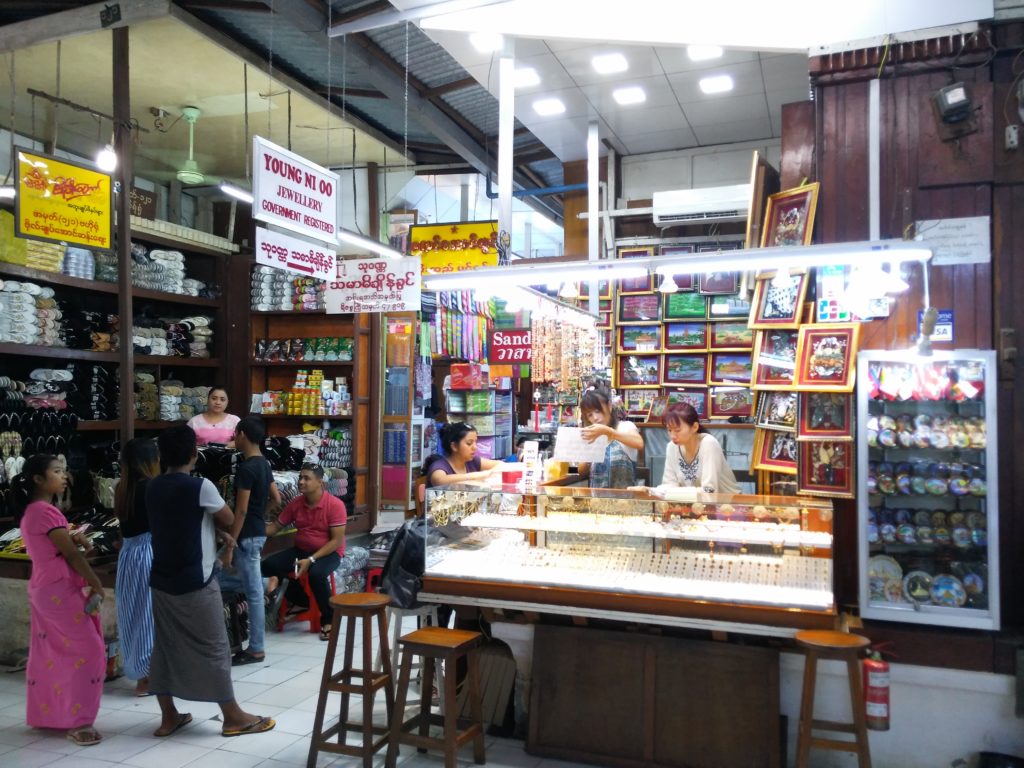
Almost all shops in the Bogyoke Aung San Market are run by women
Chapter 3
Four faces of a nation. Minus the tourists.
Between Yangon, Mandalay, Bagan and Inle Lake, we ended up seeing four different sides of a country just about coming out of its decades long slumber. Yangon is the colonial, old world, efficient ex-capital with a Cuffe Parade like charm and narrow alleys full of interesting eateries. Mandalay is the modern city with ugly traffic (nothing compared to India though), cosmopolitan neighborhoods and lots of cultural activities on offer. Bagan is the thousand year old pocket of heritage and beauty. Inle Lake is the backpacker’s hub with a million football fields worth of water to cruise around on.
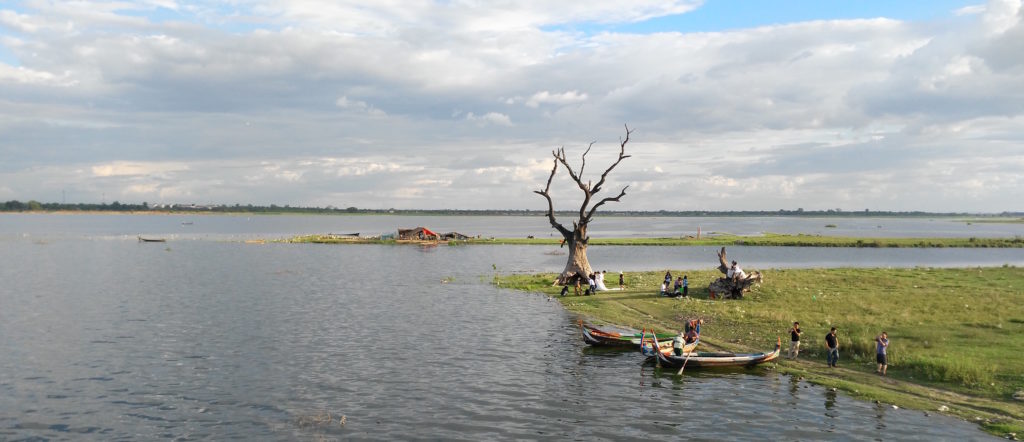
Wedding photoshoot by the side of the Irrawady in Mandalay
We also visited the country at a time when most people would avoid it. It was expected to be either really hot or really rainy. However, the willingness to take that risk means avoiding the ever increasing number of tourists streaming into the newly opened country. Hotels came really cheap and upgrades were available almost everywhere. No crowds on top of pagodas. No boats blocking your way in the lake. No running around for taxis. It was peaceful.
Lesson learnt: Try hitting off season at other places. You may get to see a side of the place otherwise not visible.
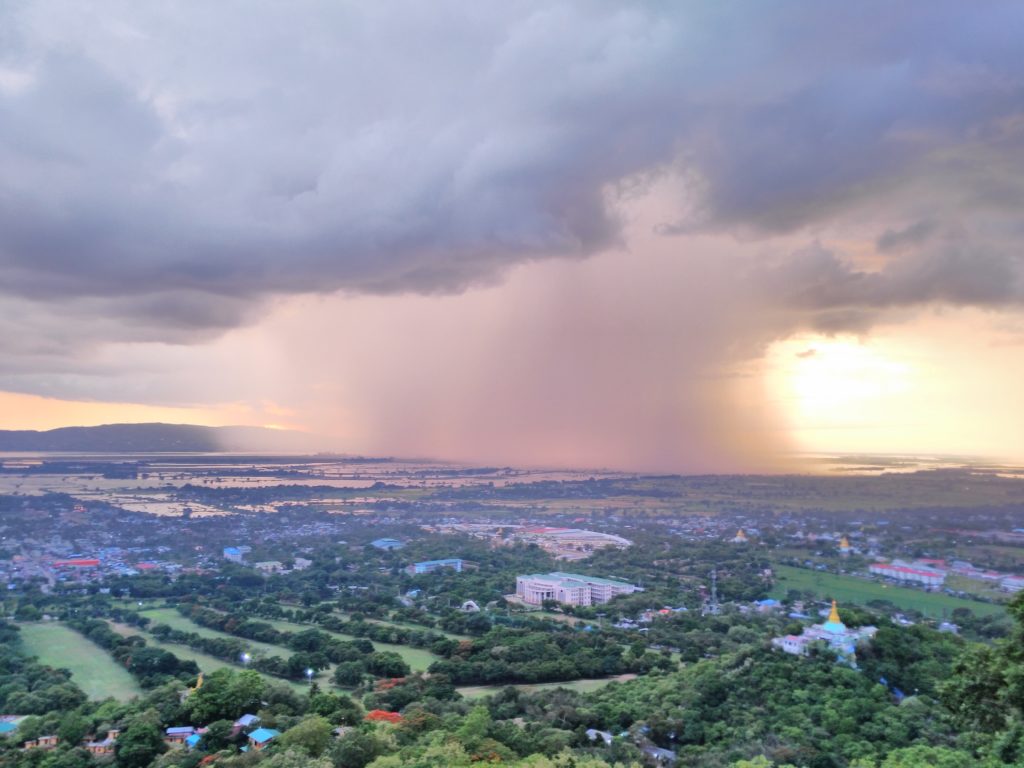
Rain soaked view of the city from Mandalay Hill
Chapter 4
Very safe. And yet that evening…
All throughout our trip, Myanmar and its people reassured us. The streets were safe. The people were trustworthy. We could leave our stuff in public areas without being too worried about it being picked up or stolen. Smaller locations like Bagan and Inle Lake were even safer. People were incredibly helpful even when they had no vested interest or did not know the language.
We also met a bunch of Indian origin immigrants who either migrated or were sent to India during the British Raj. The third generation half-Iranian, half-Indian family running a sunglass store in Yangon. The second generation drunk gentleman running Bagan’s highest rated restaurant. Some sweet, some sour. And then of course, there were legions of fans of Shahrukh Khan and Bollywood who would accord us that extra bit of love. We felt welcomed everywhere, very unlike India.
And yet, our last evening in the quaint little Nyuangshwe near Inle Lake, we became involved in an ugly attempted bag snatching attempt on a Spanish couple. We took them to the hospital and, thankfully, there were only a few bruises to talk about. But 2 boys on a scooter in a dark alley managed to spoil the loveliness of an entire population.

Inle’s famous leg rowing fishermen make a great silhouette against the setting sun
Chapter 5
Bagan. The wonder of wonders
No mention of Myanmar will ever be complete without talking about Bagan, the mystical land stuck in a time warp standing out as an unexplained oddity.
Home to over 2000 large and small pagodas, Bagan is straight out of a Lara Croft movie. Dwarfing even Angkor Wat in grandeur and scale, the pagodas of Bagan cast an unforgettable picture on the horizon at sunset. Climb aboard any one where you can find stairs and watch the sun go down ever so slowly over the horizon. Very soon the dying rays start getting filtered through the vistas of a hundred pagodas framing one of the finest sunsets anywhere in the world.
Individually grand and collectively awe inspiring pagodas of Bagan (Click images for larger view)
Back in February this year, the new civilian government of the country had banned climbing on the pagodas. While it was very clear they had their hearts in the right place, the vistas that you get to watch are just too good to pass. The entire experience of heading out at 5 in the morning (or evening), spending a couple of mesmerizing hours suspended between the sun and the earth and coming back into one of the many bistros on the restaurant street just cannot be replaced by package tours and hordes of camera toting tourists. Thank god for low tourist season!
Post Script
Oh sweet betel leaf!
It is everywhere! An entire nation stuck on eating paan every waking minute. In the bus. In the taxi. In the pagodas. In the hospital. On the road. One after the other. Non-stop. Red blotches are everywhere (although not as much as you would expect). I hear the government is planning to ban chewing paan in public places. God help them implementing it!
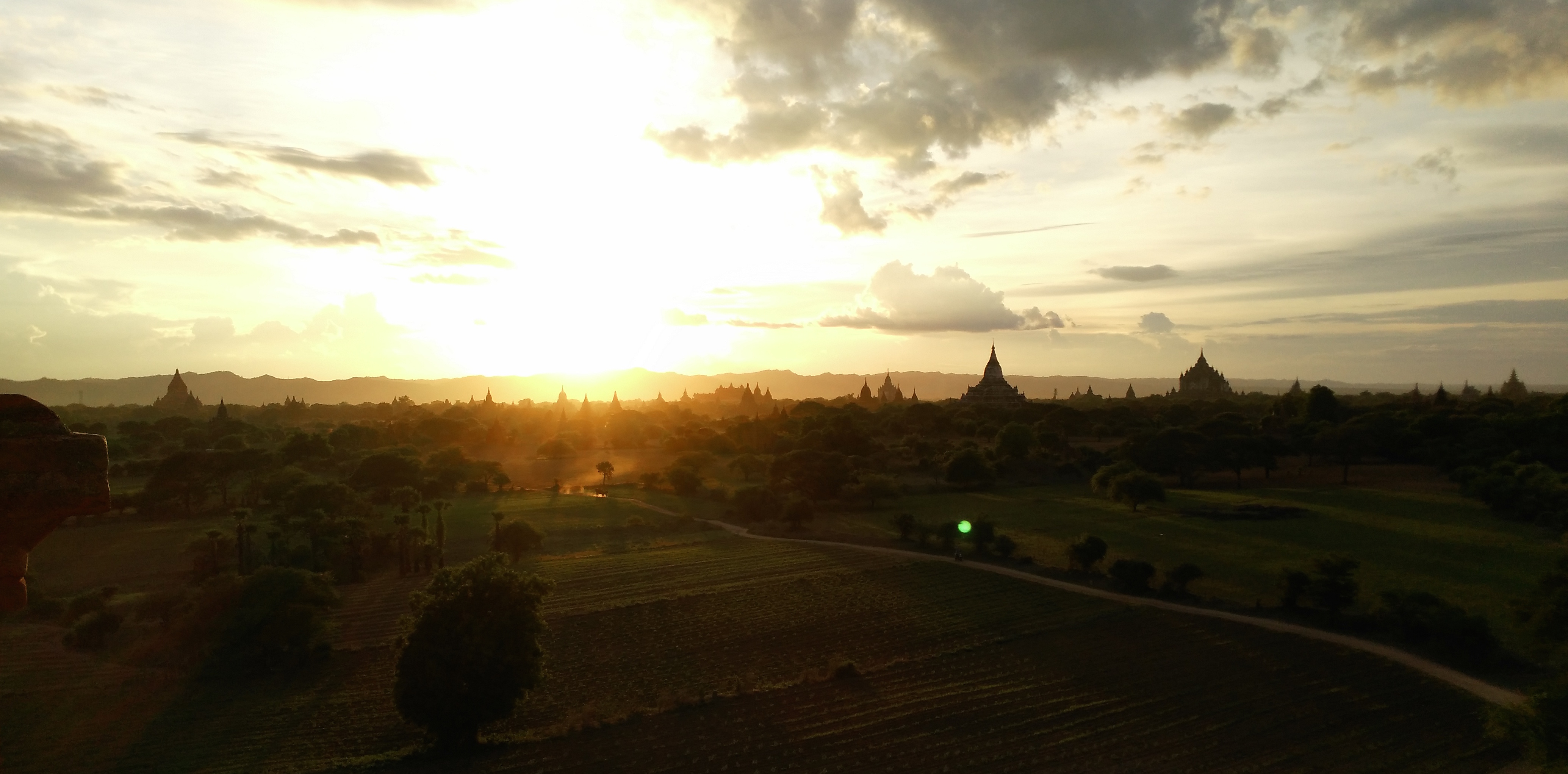
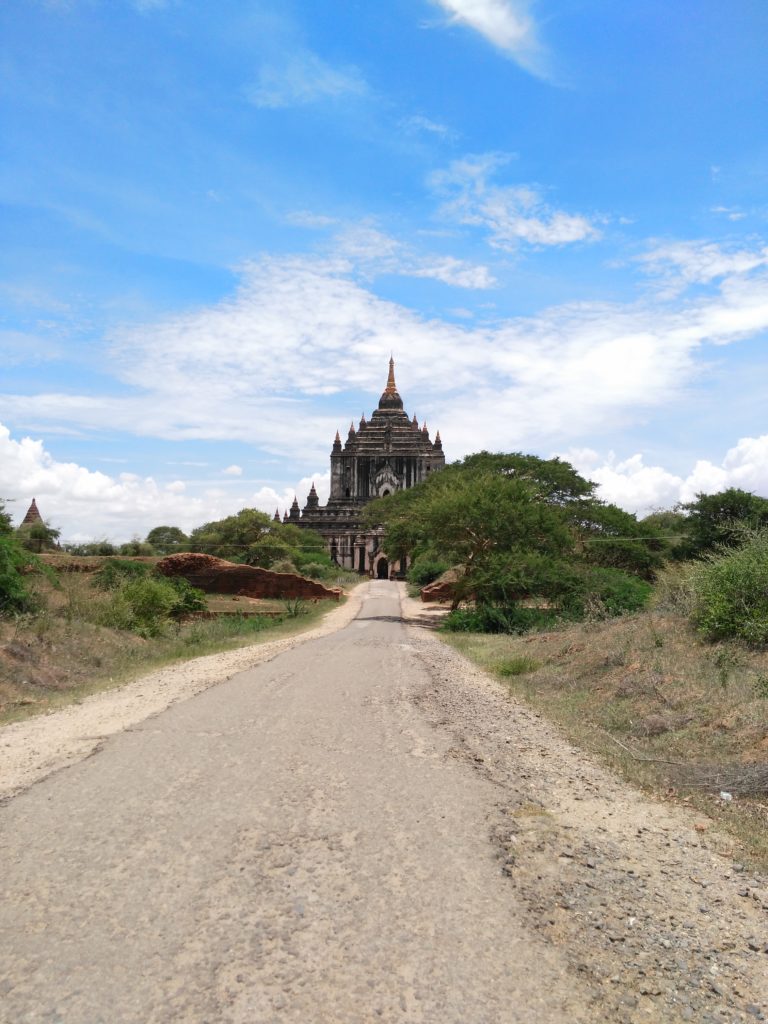
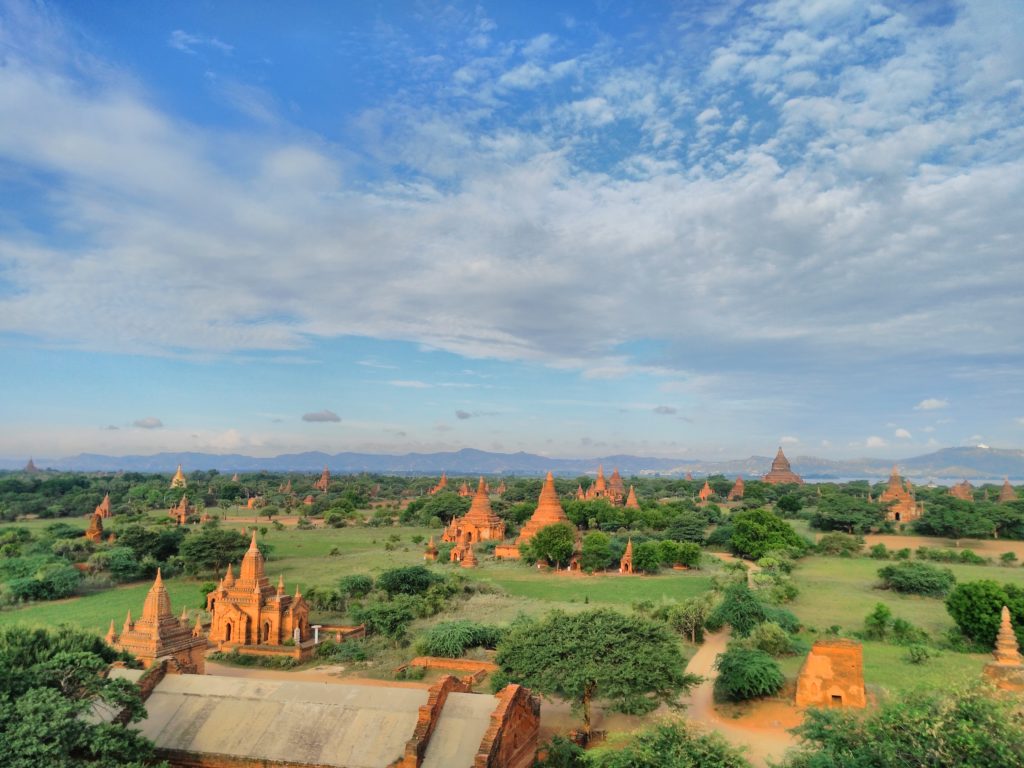
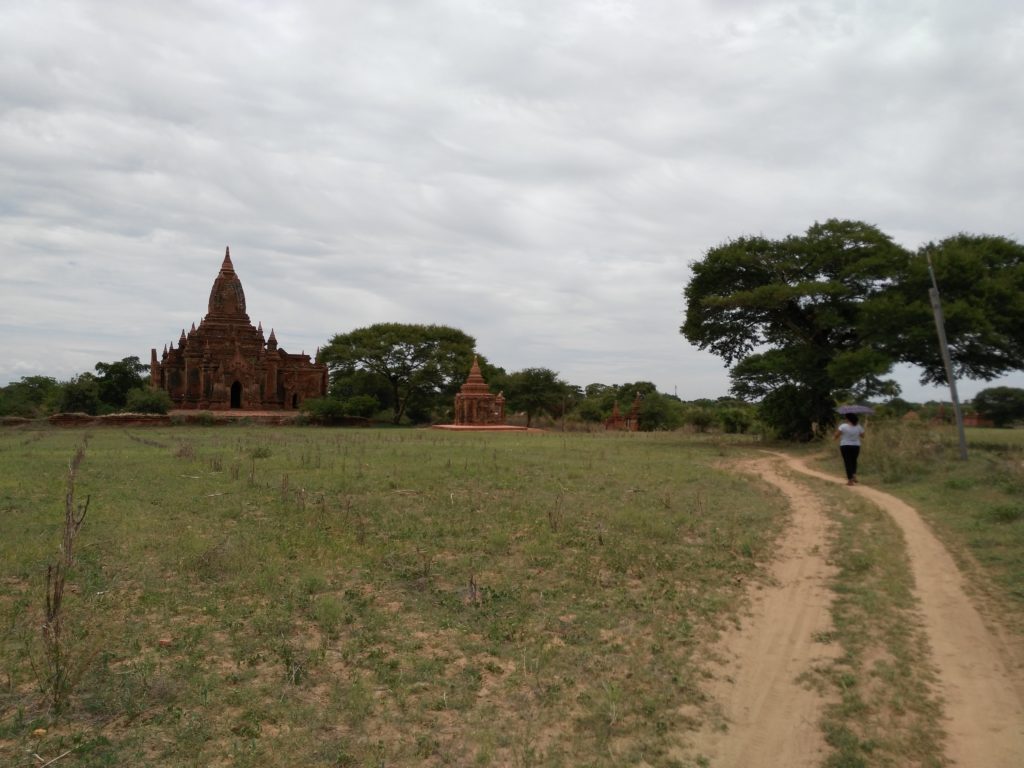

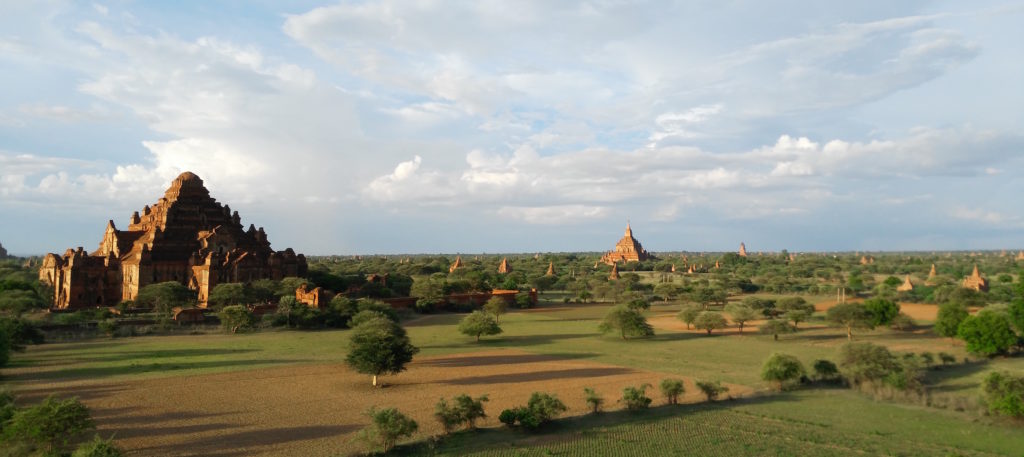
Comments